
Maharaja Sawai Jai Singh Unknown V&A Explore The Collections
Ningthou Ching-Thang Khomba (also Rajarshi Bhagya Chandra, Jai Singh Maharaja) (1748-1799) was a Meitei monarch of the 18th century CE.

Childhood portrait of maharaja Jai Singh of Alwar... 19 th century.. Vintage art, The
The World Heritage Site by UNESCO Jantar Mantar Jaipur attracts architects, mathematicians, historians, and geographers. Maharaja Sawai Jai Singh II, the founder of Jaipur city, has built many prestigious buildings in Jaipur City. He has exemplary political expertise and is also a scholar in subjects of Physics, Mathematics, and Astronomy.
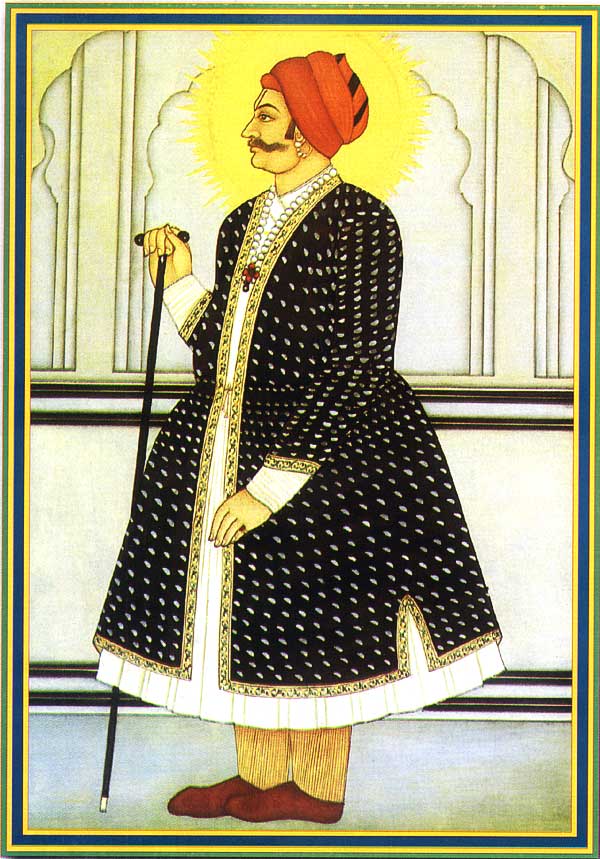
Jaipur Municipal Corporation Heritage
Maharaja Sawai Jai Singh II, the ruler of Jaipur was a feudatory of the Mughals and received the title of 'Sawai' (that literally means one and a quarter) from Emperor Aurangzeb, who declared him a quarter superiority to his famous forbearer Mirza Raja Jai Singh (d. 1667) after he took over the Fort of Vishalgarh from the Marathas in 1701.An Imperial Edict officially recognized the title of.
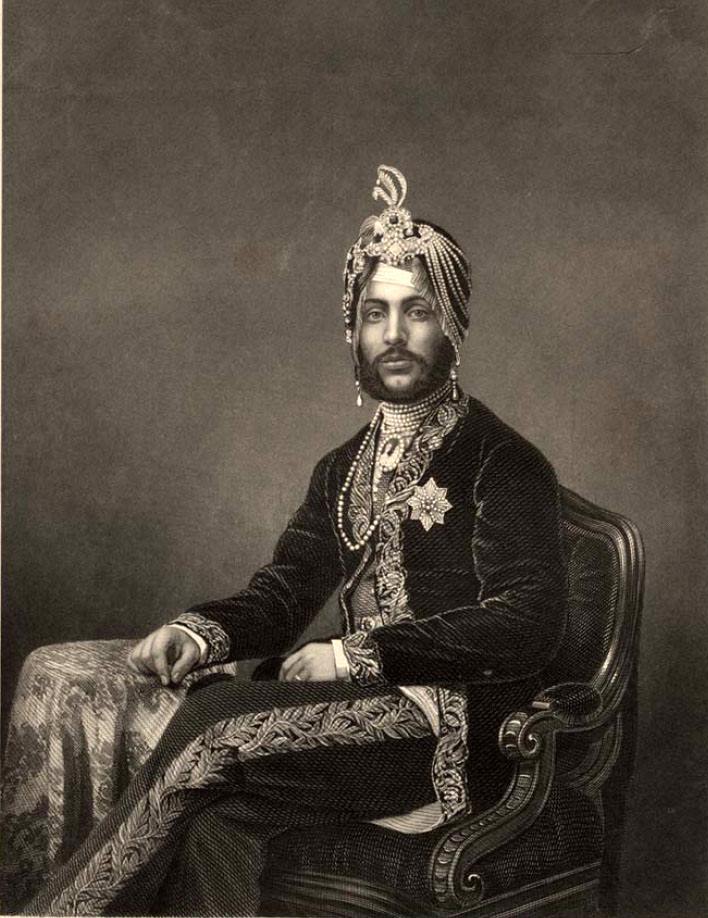
FILM SERVICES SPAIN danidogfilms
Sawai Jai Singh III (1818 - 1835), was the Maharaja of Jaipur. He was the father of his successor and only son Maharaja Ram Singh II Early life He was a son of Jagat Singh of Amber ,Maharaja of Jaipur. [1] Maharaja Sawai Jagat Singhji died under suspicious circumstances in November 1818 without any medical issues and hence Jaipur became heirless.

Maharaja Sawai Ram Singh II of Jaipur (183380) King Of India, Rajasthani Art, Mughal Paintings
As the story goes, in 1920, the Maharaja of Alwar, a fabulously wealthy ruler hose name was Jai Singh Prabhakar, visited London, and one day decided to walk around the city "incognito," wearing ordinary English clothes. Passing by a Rolls Royce showroom, Jai Singh decided to go inside.
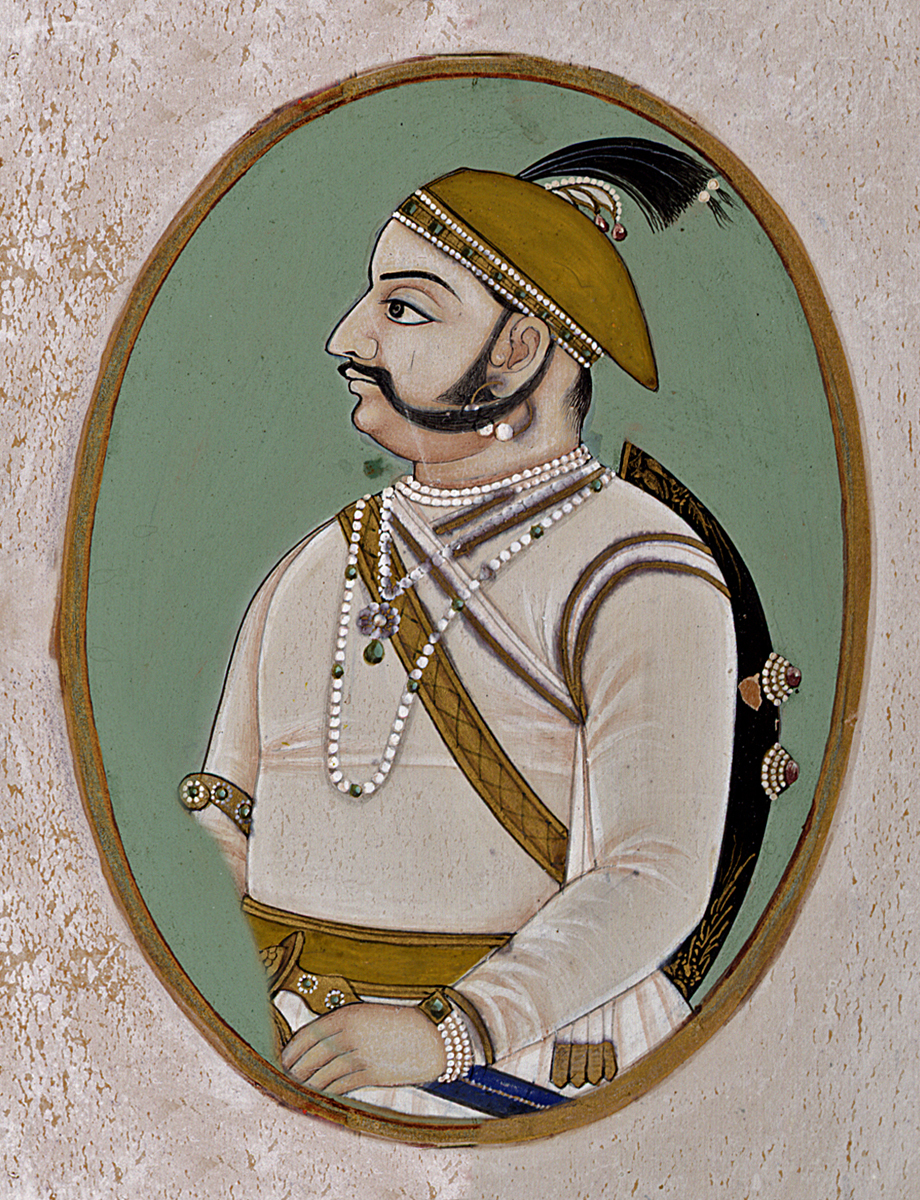
Jaipur Hawa mahal / history of Jaipur Hawa mahal Real History
Maharaja Jai Singh II and Indian Renaissance. New Delhi: Navrang. Google Scholar Sarma, S. R. (1986-1987). "Yantraprakāra of Sawai Jai Singh." Supplement to Studies in History of Medicine and Science 10-11: 1-140. Google Scholar Sharma, Virendra Nath (1995). Sawai Jai Singh and His Astronomy. Delhi: Motilal Banarsidass Publishers.
.jpg?mode=max)
MAHARAJA JAI SINGH OF JAIPUR, JAIPUR, RAJASTHAN, NORTH INDIA, CIRCA 1910 Christie’s
Sawai Jai Singh II (3 November 1688 - 21 September 1743) popularly known as Sawai Raja Jai Singh was the 29th Kachwaha ruler of the Kingdom of Amber, who later founded the fortified city of Jaipur and made it his capital.He became the ruler of Amber at the age of 11 after the death of his father,Mirza Raja Bishan Singh on 31 December 1699.. Initially, Maharaja Jai Singh served as a vassal of.

Ruler of Amber since the age of 11, Maharaja Jai Singh II was bestowed with title of Maharaja
Maharaja Sawai Jai Singh (3 November 1688 - 21 September 1743) was the Hindu Rajput ruler of the kingdom of Amber (later called Jaipur). He was born at Amber, the capital of the Kachwahas. He became ruler of Amber at the age of 11 after his father Maharaja Bishan Singh died on 31 December 1699.
.jpg?mode=max)
Portrait of a man on horseback, possibly Maharaja Jai Singh II (16881743)
Biography Sawai Jai Singh II, the remarkable Monarch of Jaipur, was a mathematician, an astronomer, and a town planner par excellence. He set up the famous observatories known as Jantar Mantars and built the city of Jaipur. Maharaja Sawai Jai Singh II (1686-1743) was the ruler of the Rajput State of Amber in India.
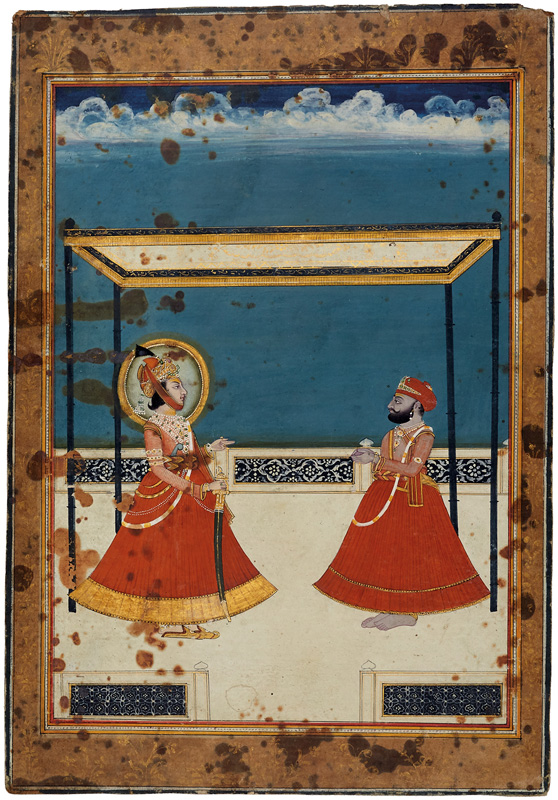
Maharaja Sawai Jai Singh III of Jaipur The Indian Portrait
Sawai Jai Singh was a profound ruler of the Rajputana period and was formerly known as Maharaja of Amber kingdom, the founder of the royal city of Jaipur. Sawai Jai Singh was a Rajput ruler of Amber, which is later known as Jaipur. He was also born in Amber on 3rd November 1688 and at the age of 11, he became the king of Amber after his father.

Maharaja Sawai Jai Singh II of Jaipur (16991743) Miniature painting, Indian art, Painting
Established in 1727 by Maharaja Sawai Jai Singh II, Jaipur is the capital of the state of Rajasthan in northern India. Rajasthan became an official British colony in 1858, and remained under.

Maharaja Jai Singh Painting by Vikram Singh
Maharishi Mahesh Yogi (born Mahesh Prasad Varma, 12 January 1918 - 5 February 2008) was the creator of Transcendental Meditation (TM) and leader of the worldwide organization that has been characterized in multiple ways, including as a new religious movement and as non-religious. He became known as Maharishi (meaning "great seer") and Yogi as an adult..

Maharaj jai singh make all india feel proud..... YouTube
There were few Indian rulers as passionate about architecture and astronomy as Maharaja Sawai Jai Singh, the founder of Jaipur, his namesake city. Establishing city grid structures and astronomy observatories, Singh left these gems (as well as literal gem markets) for the entire world to visit in Jaipur.
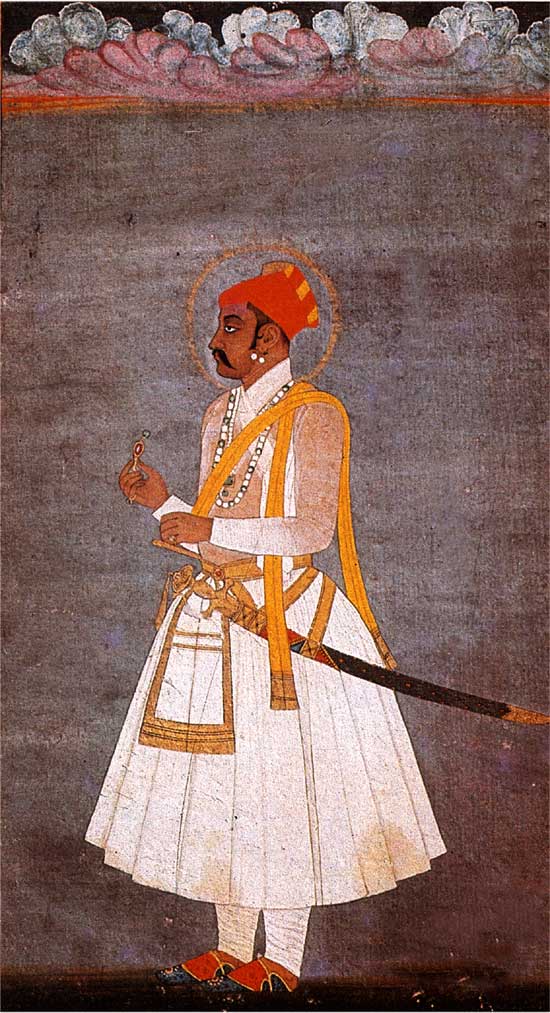
Sawai Jai Singh II, un maharajah surdoué Les 3 passions de BernadetteLes 3 passions de Bernadette
The Jaipur Observatory or 'Jantar Mantar', built by Maharaja Sawai Jai Singh II (r. 1686 - 1743) between 1724 and 1727, is a collection of 20 large instruments that calculate the position and movement of celestial bodies with the naked eye.

Maharaja Jai Singh I of Amber Mughal Paintings, Islamic Paintings, Indian Art Paintings
In 1727, when the region's king, Sawai Jai Singh, conceived Jaipur as his capital and as the country's first planned city, he wanted to design it based on the principles of Vastu Shastra, which.

Pin on Ethnos
Maharaja Sawai Jai Singh (November 3, 1688 - September 21, 1743) was the Rajput ruler of the kingdom of Amber (later called Jaipur).He was born at Amber (now Jaipur), the capital of the Kachwahas.He became ruler of Amber at the age of 11 after his father Maharaja Bishan Singh died on 31 December 1699. On 21 April 1721, the Mughal emperor Muhammad Shah bestowed upon him the title of Saramad-i.